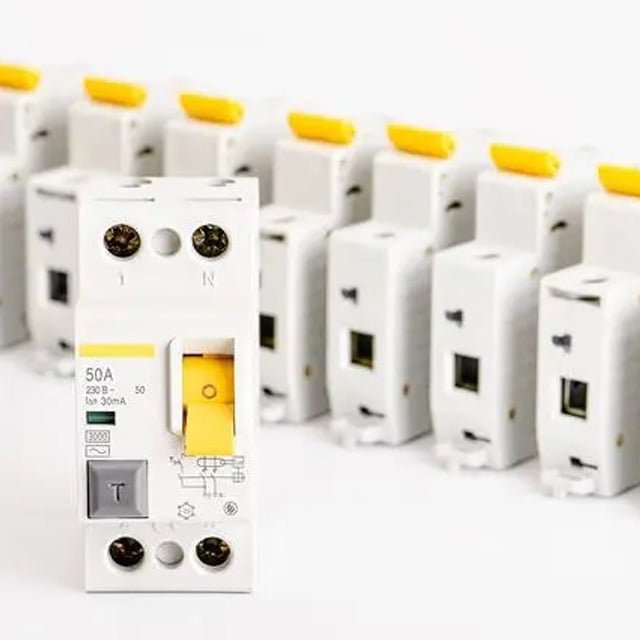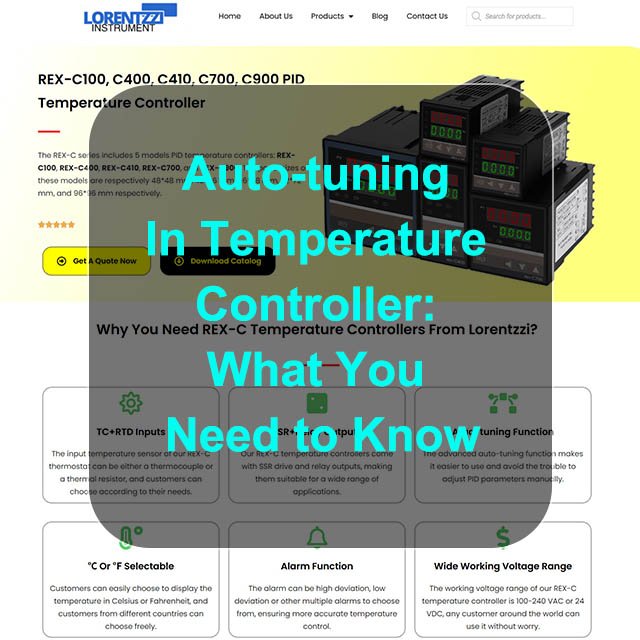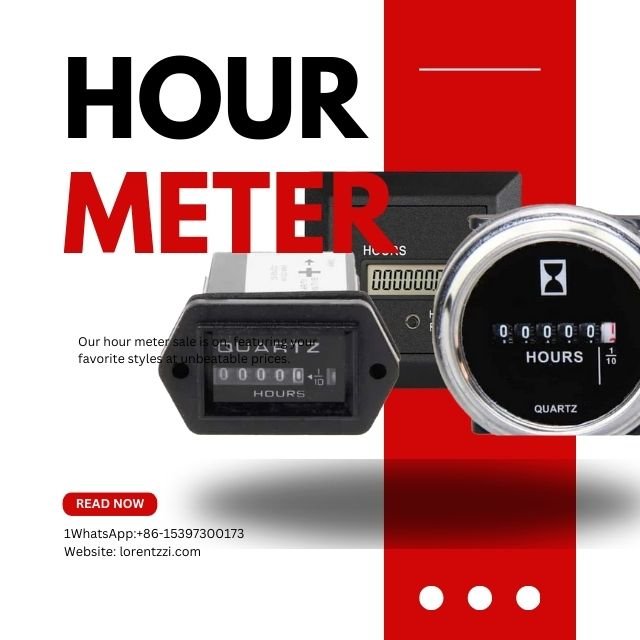Un dispositivo de corriente residual (RCD) es un dispositivo eléctrico común utilizado para detectar si hay una fuga en un circuito y cortan el circuito inmediatamente cuando se detecta una fuga. En entornos domésticos y comerciales, el papel de los protectores diferenciales es crucial porque puede evitar accidentes de seguridad como descargas eléctricas e incendios. En la selección de los protectores diferenciales, se suele tener en cuenta la diferencia entre 1P y 2P. Entonces, ¿qué son los protectores diferenciales 1P y 2P? ¿Cuál es la diferencia?
Tanto 1P como 2P son tipos de protectores diferenciales, donde 1P se refiere a un protector diferencial unipolar y 2P a un protector diferencial bipolar. En pocas palabras, 1P sólo puede proteger un circuito, mientras que 2P puede proteger dos circuitos al mismo tiempo.

Diferencias entre la protección RCD 1P y 2P
En concreto, el protector de fugas 1P sólo tiene un dispositivo de protección de fugas, que suele instalarse en un circuito monofásico. Puede detectar si hay una fuga en el circuito, pero sólo puede proteger un único circuito. Por ejemplo, cuando está utilizando el horno en la cocina, si hay una fuga en el circuito de la lavadora al mismo tiempo, el protector de fugas 1P no puede protegerla, porque sólo puede proteger un circuito.
El protector de fugas 2P tiene dos dispositivos de protección de fugas, que pueden proteger dos circuitos al mismo tiempo. Cuando se produce una fuga en un circuito, el protector de fugas cortará inmediatamente la alimentación del circuito, para evitar que la fuga siga propagándose. Si se produce una fuga en dos circuitos al mismo tiempo, el protector contra fugas 2P también puede cortar los dos circuitos al mismo tiempo, protegiendo así la seguridad de las personas.
Además de la diferencia en el rango de protección, existen otras diferencias entre el protector diferencial 1P y el protector diferencial 2P.
Diferencias de coste entre 1P y 2P RCD
En primer lugar, los RCD de 1P suelen ser más baratos que los RCD de 2P. Porque el protector diferencial 1P sólo necesita un dispositivo de protección diferencial, y el protector diferencial 2P necesita dos dispositivos de protección diferencial, por lo que su coste es mayor. Además, el protector diferencial 2P necesita más espacio para instalarse porque necesita dos cables eléctricos, mientras que el protector diferencial 1P sólo necesita un cableado eléctrico.
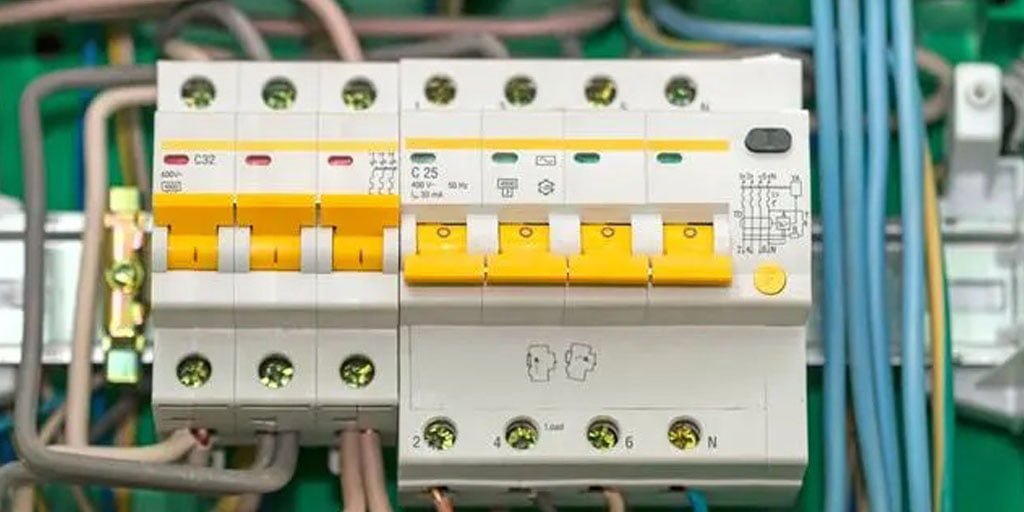
Diferencia entre los métodos de disparo del protector diferencial 1P y del protector diferencial 2P
En segundo lugar, los métodos de activación del protector de fugas 1P y del protector de fugas 2P también son diferentes. El protector de fugas 1P sólo puede detectar fugas unipolares, es decir, después de que la corriente entra en el aparato eléctrico desde la fuente de alimentación, fluye hacia fuera desde un polo del aparato eléctrico (normalmente el cable vivo) y vuelve al otro polo de la fuente de alimentación (normalmente el cable neutro). Por lo tanto, si la corriente entra en el aparato eléctrico por el conductor neutro y luego sale por el conductor activo, el protector diferencial 1P no puede detectar la fuga. El protector diferencial 2P puede detectar fugas bipolares, es decir, no importa de qué polo fluya la corriente, puede ser detectada.
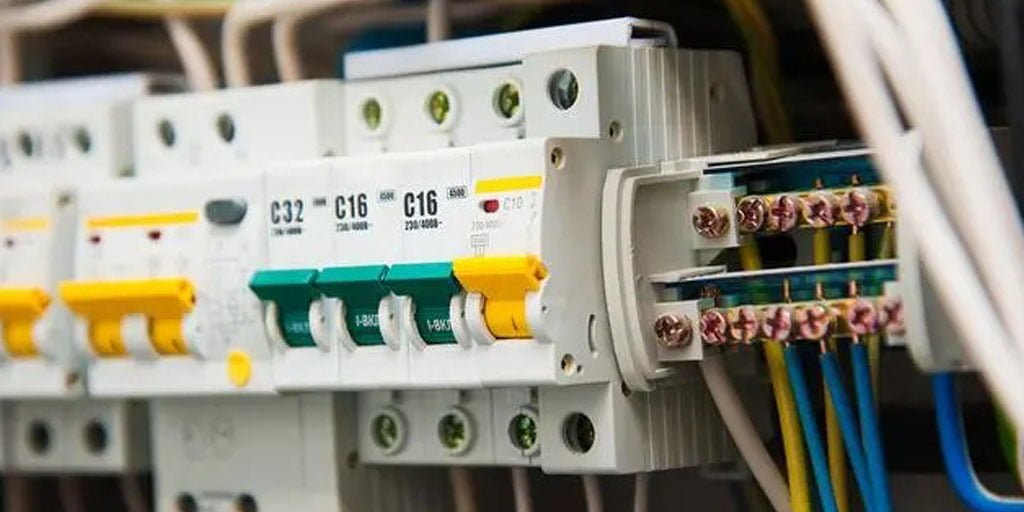
Diferencia de corriente nominal
Por último, la corriente nominal y el tiempo de acción de fuga nominal del protector diferencial 1P y del protector diferencial 2P también son diferentes. En términos generales, la corriente nominal y el tiempo de acción de fuga nominal del protector diferencial 2P serán más altos que los del protector diferencial 1P, porque tiene que hacer frente a más circuitos. Por lo tanto, al elegir un protector contra fugas, debe asegurarse de que puede cumplir los requisitos de corriente nominal y tiempo de acción de fuga de su circuito.
Conclusión
En resumen, la mayor diferencia entre el protector diferencial 1P y el protector diferencial 2P radica en su rango de protección. Si necesita proteger un solo circuito, entonces 1P RCD es suficiente; si necesita proteger varios circuitos, entonces 2P RCD es una mejor opción. Por supuesto, a la hora de instalar un protector contra fugas, también hay que tener en cuenta factores como la corriente nominal, la tensión nominal y el tiempo de acción de fuga nominal. Durante el proceso de instalación, es mejor que lo lleven a cabo profesionales para garantizar la seguridad y la eficacia.

